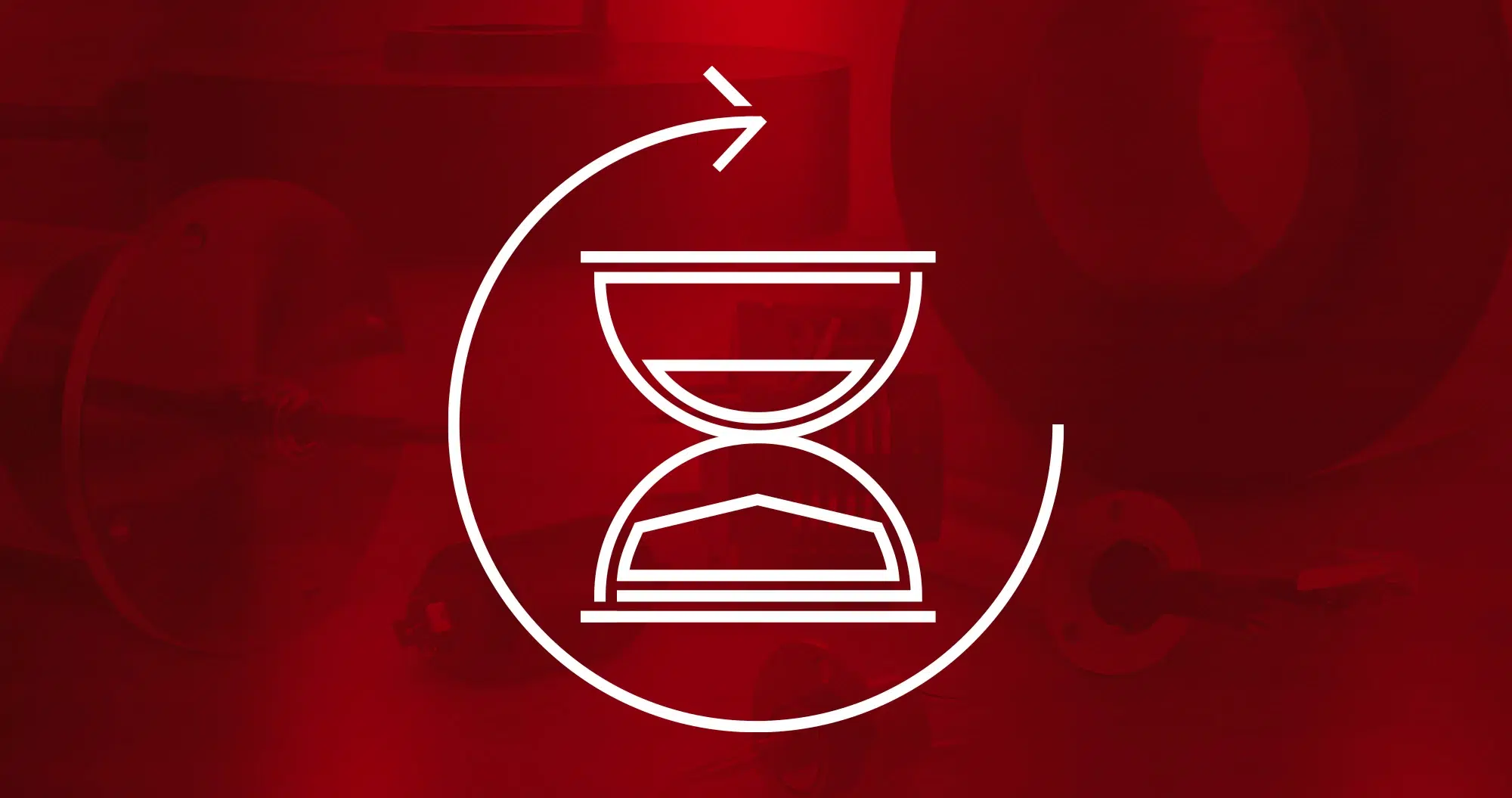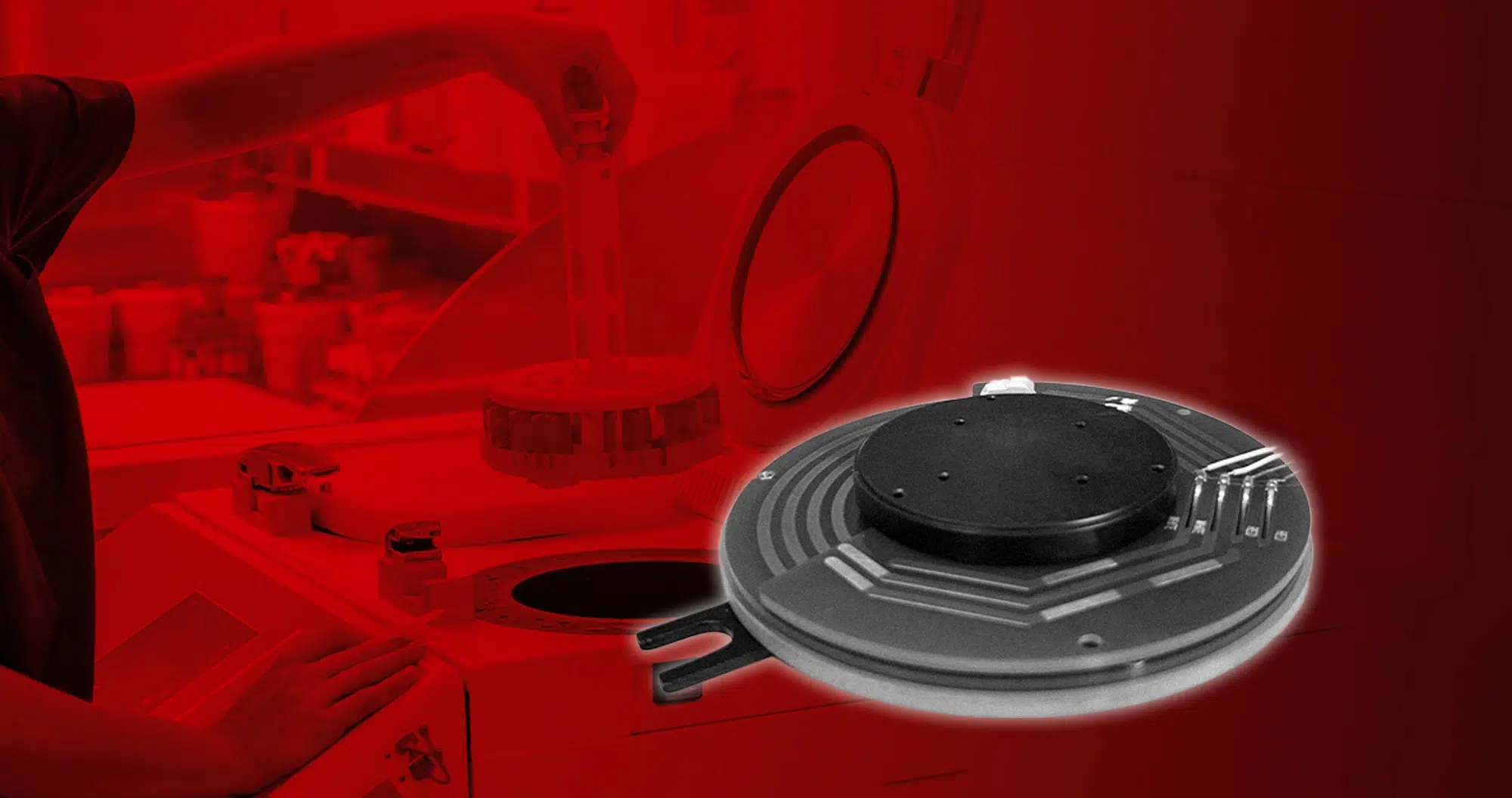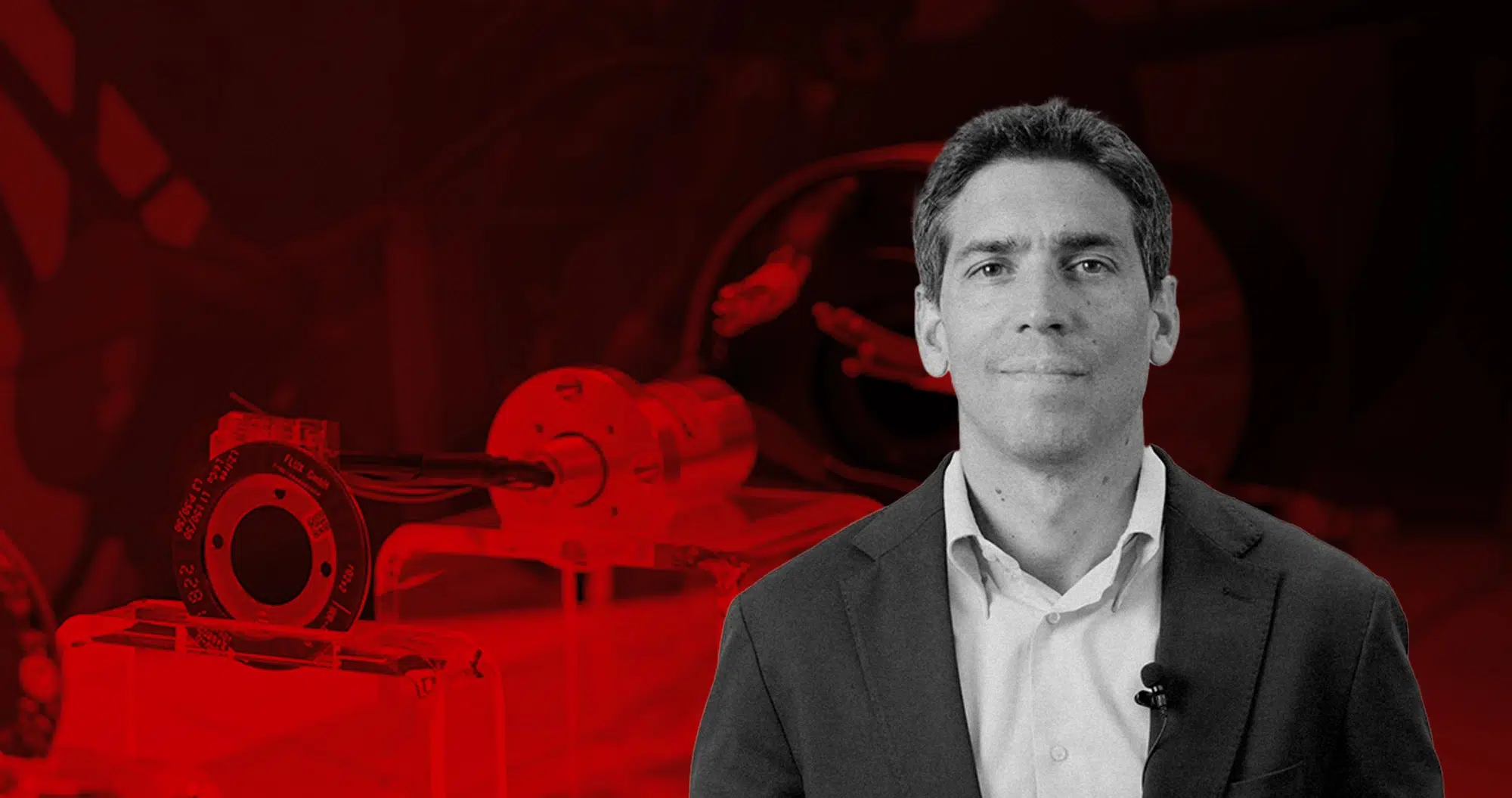Slip rings, also known as electrical rotary joints, are key components in many electromechanical systems. They enable the continuous transmission of power and electrical signals between […]

Slip rings, also known as electrical rotary joints, are key components in many electromechanical systems. They enable the continuous transmission of power and electrical signals between a stationary structure and a rotating one.
One of the most critical aspects of a slip ring is its operational lifespan, which directly impacts the performance and reliability of the system it’s part of.
This article explores the main factors that affect slip ring longevity, with a special focus on slip rings that use multi-wire metal brushes. In the second half, we’ll take a closer look at design strategies to help extend their service life.
Key Factors Affecting Slip Ring Lifespan
1. Materials
Material selection is one of the biggest drivers of slip ring durability. High-quality components, like stainless steel housings or plastic materials reinforced with glass fibers, ensure strong mechanical resistance and long operational life. Using top-tier contact materials like gold or silver alloys is especially important for slip rings with multi-wire brushes. These metals offer high conductivity and superior wear resistance.
2. Manufacturing Quality
Precision manufacturing directly impacts how long a slip ring will last.
Advanced production techniques and strict quality controls help ensure tight mechanical tolerances, which reduce wear and improve long-term reliability. In the case of multi-wire brush slip rings, brush preload must also be precisely engineered to maintain continuous, even contact with the rings and minimize wear.
3. Operating Conditions
Environmental and operating conditions play a significant role in determining a slip ring’s lifespan. Harsh environments like extreme temperatures, high humidity, dust, or corrosive chemicals can speed up contact degradation. Likewise, variable rotation speeds or irregular electrical loads can introduce mechanical and electrical stress that shortens the system’s life.
Designing for Longer Life: Multi-Wire Metal Brush Slip Rings
1. Advanced Contact Design
Multi-wire brush slip rings are designed to improve electrical contact life. These brushes are composed of numerous thin metal strands, spreading wear over a larger surface area than traditional brushes. This minimizes stress on individual contact points and significantly extends service life.
2. Optimized Geometry
The geometry of brush slip rings is carefully engineered to maintain steady, reliable contact between the brushes and the rings. This can involve strategically positioning the brushes to maximize the contact area and distribute mechanical force more evenly. The result is lower friction and reduced wear, which helps extend the component’s lifespan.
3. Self-Compensating Mechanisms
Self-compensation mechanisms are critical for keeping optimal contact over time. These systems adapt to wear and mechanical variations automatically, ensuring consistent performance. Here’s how they work:
- Compression Springs: Multi-wire brushes are often mounted on supports with springs that apply consistent pressure, keeping the brushes in firm contact with the rings.
This helps maintain signal stability and overall performance. - Dynamic Balancing Systems: Some advanced slip rings feature dynamic balancing systems that respond to rotation speed or load changes. These systems continuously monitor and adjust brush pressure using sensors and actuators to optimize performance.
- Elastomeric Materials: Using elastomeric materials in brush supports helps distribute pressure evenly across the contact surface. These flexible materials can slightly deform to match the ring’s surface, reducing localized wear.
- Flexible Brush Design: Multi-wire brushes can be designed flexibly. This allows them to adapt to minor irregularities on the contact surface, maintaining a stable connection and minimizing mechanical stress.
The operational lifespan of slip rings depends on a variety of factors, including material choice and working conditions. By leveraging advanced contact design, protective coatings, and self-compensating mechanisms, it’s possible to significantly boost their longevity. Slip rings built with these technologies can handle millions of rotations while maintaining excellent performance, enhancing reliability and system efficiency.
Thanks to their advanced design, multi-wire metal brush slip rings are maintenance-free and deliver long-lasting, high-performance operation, making them an excellent choice for maximizing uptime and productivity.


